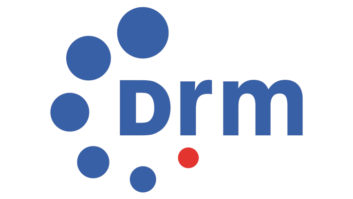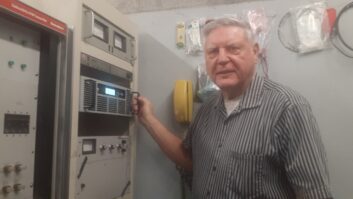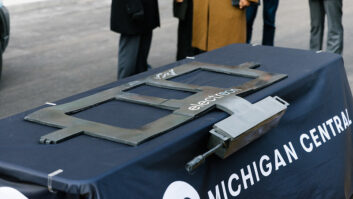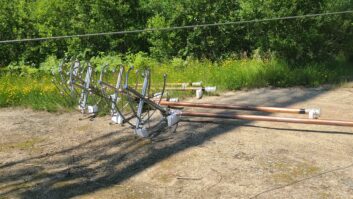Antenna Installation
May 1, 2013 7:00 PM, By Doug Irwin, CPBE AMD
Often during an antenna installation (for example a 950MHz dish antenna), transmission line such as LDF4-50 or LDF5-50 is run up a tower or pole to the antenna. The antenna output (typically a type-N female) sticks out horizontally. At the same time, the transmission line comes up vertically. What often happens is that the installer makes a loop or otherwise shallow-bend turn in the coax, to transition the end from vertical to horizontal; and then the coax is mated to the connector directly. I’ve seen this time and time again. The trouble is that this loop in the coax gets jostled in the wind, and it has a lot of leverage against one mechanically weak spot: the connector. A certain number of years go by, and the connector eventually breaks.
The solution to this problem is to use a pigtail, which is a short jumper made of flexible coax, to make the transition from the end of the coax to the antenna connector itself. LMR-400 or a super-flex type of coax such as FSJ4-50 are good choices for pigtails. It’s a little more work because you need to weather-proof one extra set of contacts, but in the long run it’s better engineering practice.
Irwin is RF engineer/project manager for Clear Channel Los Angeles. Contact him at [email protected].
Cutting Holes in Laminate
Learn the best way to cut holes in laminated furniture….
Floor Plans and Furniture Design
Take the studio floor plan and place the furniture design on top of it to avoid some common problems….
May 2013
WKSU designs to handle noise, wireless site connectivity, Field Reports from Deva and Worldcast APT, 20 years of Radio magazine and some NAB review….







